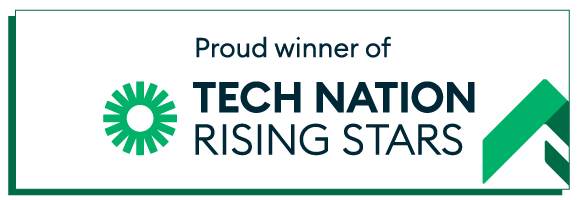What are the do’s and dont’s for secure transcription?
One of the largest potential pitfalls in getting your work transcribed is security. And this is of course for the simple reason that in order to go from voice to script several pairs of eyes need to actually look at it.
The fact is that transcription requires the handling of sensitive information, whether it’s pre-inquest hearings or confidential interviews with participants that need to remain unidentified. Some might say that the sure fire way to avoid any of these risks is to just use an automated transcription. But this isn’t exactly bulletproof either, because even computer generated transcripts can be seen by service or technical personnel. Then there’s the whole process of how you send your data off securely in the first place.
So how do you get your work transcribed securely? Let’s have a look.
By a secure transcription, we mean one that is watertight from unwanted interception. To explain this further, we can divide this into three areas:
- Secure handover of information
- Minimising exposure risks and secure storing of data
- Enabling technology
Secure handover of information
The first key point of risk in the transcription process is during the transfer of data. This is the first big opportunity for your work to be exposed. For this reason secure platforms are online only, with files uploaded directly to their website, not via emails, which are liable to be hacked into or seen by others. All this comes with the added benefit of not having to send messages with large files which often half download and lead to technical issues. So long story short, upload your order onto an online platform.
Minimising exposure risks and secure storing of data
Once the transcription company has your file, the next thing you want to be sure of is that they handle and store your data securely. The odds of your information ending up in the wrong hands are still high. In 2020, 46% of UK firms identified at least one cyber attack, with evidence that cases are underreported particularly in smaller less well equipped businesses.
Keep in mind as well that many data breaches are not necessarily malicious attacks but sloppy staff mistakes. That’s why you need to use reliable services. Look for evidence that standards are being met, such as in-house ISO certification and understanding of GDPR. Crucially, you want and have a right to know exactly what happens to your file once you let go of it. How long will your file be held for? Where will it be stored and who will be able to access it? Last but no least, what will be done to your file once it is handed back to you, and how long before it is deleted off their systems? If a company cannot or refuses to give you the answers to these questions, it should be an instant red flag.
Enabling technology
Last but not least, scrutinise what technology your company is using to ensure your data is securely encrypted. Although, as we said earlier, it’s not a cure all, technology can still come to our rescue in the security department. By far the most useful tool is end-to-end encryption, which provides a controlled environment and eliminates unnecessary risks. In addition, avoid companies that use word processing software for the purpose of transcription as this requires them to physically download it, therefore putting your work in the hands of their security practices which may or may not be up to scratch. In the end your file should only leave the platform when it is handed back to you, preferably via a secure link.
Final thoughts
Keeping your data secure is not always straightforward, and the truth is that nothing can be totally risk free. But you can lower the odds of a breach dramatically by vetting the company you use to carry your order. The key watchword here is transparency. If you can’t see or aren’t made aware exactly how your information is being processed, it’s usually not a good sign.


